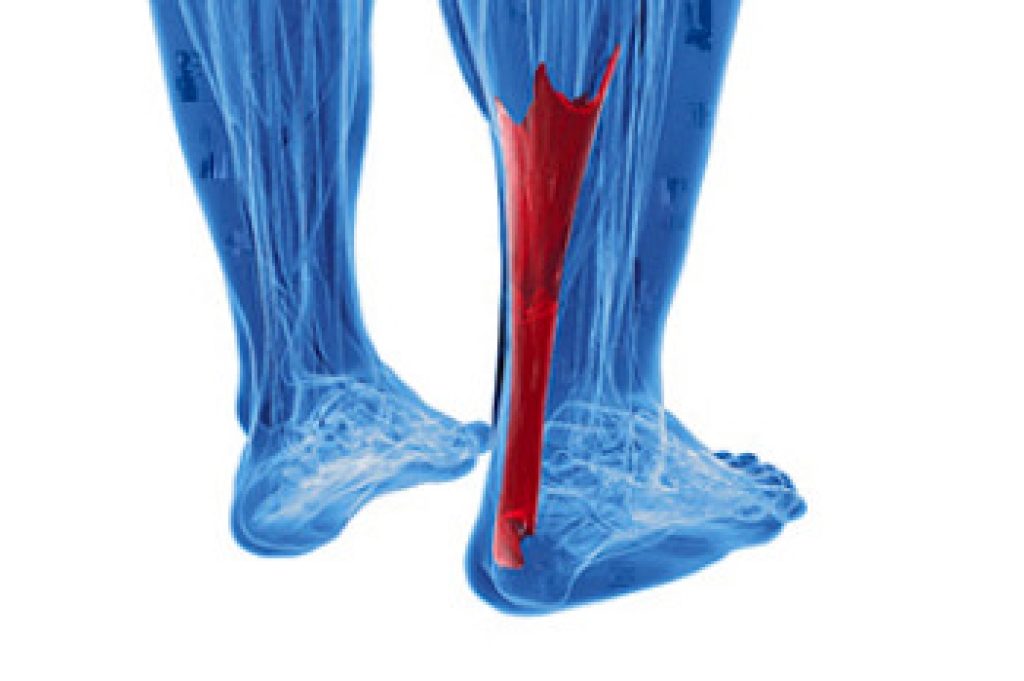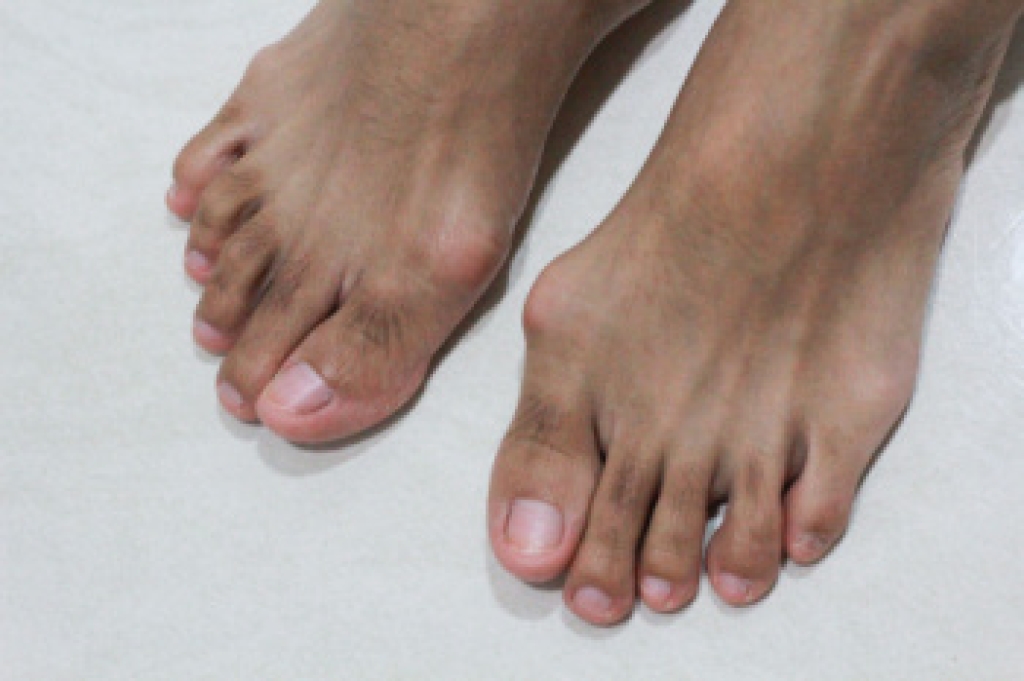
A podiatrist is a medical specialist dedicated to diagnosing and treating conditions affecting the feet, ankles, and lower legs. People often seek podiatric care for symptoms such as pain, swelling, numbness, deformities, or difficulty walking. Common causes include injuries, arthritis, infections, structural abnormalities, or chronic diseases like diabetes. Foot problems may look like swelling, redness, or changes in skin or nail appearance. Visible deformities, such as bunions or hammertoes, might also be present. A podiatrist uses a comprehensive approach, including physical examinations, imaging tests, and patient history, to identify the root cause of foot or ankle issues. Treatment options include conservative measures like custom orthotics and medications, as well as advanced interventions such as surgery or wound care. Early diagnosis and proper management can prevent complications and improve quality of life. For personalized foot care and expert advice, it is suggested that you schedule an appointment with a podiatrist.
If you are dealing with pain in your feet and ankles, you may want to seek help from a podiatrist. Feel free to contact one of our doctors from Advanced Foot & Ankle Medical Center. Our doctors can provide the care you need to keep you pain-free and on your feet.
What Is a Podiatrist?
A podiatrist is a doctor of podiatric medicine who diagnoses and treats conditions of the foot, ankle, and related structures of the leg. Your podiatrist may specialize in a certain field such as sports medicine, wound care, pediatrics, and diabetic care. Podiatrists have the ability to become board certified through training, clinical experience, and then taking an exam.
What Do Podiatrists Do?
On a daily basis, a podiatrist may perform the following activities:
- Diagnose foot ailments such as ulcers, tumors, fractures, etc.
- Use innovative methods to treat conditions
- Use corrective orthotics, casts, and strappings to correct deformities
- Correct walking patterns and balance
- Provide individual consultations to patients
It is very important that you take care of your feet. It’s easy to take having healthy feet for granted, however foot problems tend to be among the most common health conditions. Podiatrists can help diagnose and treat a variety of feet related conditions, so it is crucial that you visit one if you need assistance.
If you have any questions, please feel free to contact our offices located in Agoura Hills, Simi Valley, Thousand Oaks Marin St., and Thousand Oaks Haaland Drive, CA . We offer the newest diagnostic and treatment technologies for all your foot care needs.




